|
Some say that it was a town in Portugal that started this surrealistic trend in public spaces when an artist decided to hang umbrellas over a street in the town of Águeda. But an image search on Google proves that this idea has passed from artist to artist since at least the early 2000s... and I would suggest that the idea comes from other artists' fascination with the interesting, romantic and moody shape of the common umbrella. Take Magritte, for instance and his Hegel's Holida, Gustave Caillebotte's Paris on a Rainy Day or Giuseppe Maiorana's Man and the Sea (below)... And even street artists like Bansky love the iconic image of the umbrella... Luckily, for Voyagers to Italy, this trend is spreading to Italian cities and for more than just aesthetic reasons: creating shade on busy city streets in shopping districts helps block the heat of the summer's sun, drawing more shoppers and tourists to some of the more desirable streets... Even I have succumbed to the romantic, mysterious shapes of umbrellas from time to time... Here is my own creation, Cloudy with a Chance of Meatballs... --Jerry Finzi
Since I was a young boy, wandering further and further from our home, I became fascinated by doors and passageways... doors in vine covered walls, doors in Victorian mansions; doors in old stone buildings; doors of churches; doors in schools; doors in barns; doors in banks; doors in government buildings... always pondering why lies beyond. Some had fancy carved details in wood or perhaps a filigree of metalwork. Others had polished brass or bronze hardware. Still others had stained glass allowing colored light to pour into the spaces they protected. You can tell a lot by a door. You can tell when there's a lot of history behind it. You can easily determine if the door is a portal to wealth or that people behind it live penny to penny. You can tell if there is importance or elegance in the structure or if the door was borrowed from another structure and made to fit in its new home by some frugal handyman. You can always tell if a door has the same age and patina as the building it is standing guard over. Then there were the entrances to shops, where you would find an invitation to enter and fulfill your utmost desire: new shoes that let me put a penny in the front; nickle candy and pretzels or amazing chocolate bunny rabbits for Easter; pastries and cakes for our large family; the fantasy world of the local toy store; the art supply store; the stationary store; new clothes for a new school year; just the right tool or part for my father to fix something in our home; special cuts of meats for a holiday meal... I grew up in a town with lots of small Mom & Pop shops that are mostly gone since the mall-sprawl teased their customers away from their doorsteps. I discovered shops like this in Italy, alive and thriving. As an artist and photographer, I suppose what I love best is the symmetry and texture of doors. The way the light falls across magnificent bas relief carvings or brings out the texture of paint peeling and falling off a weather-worn door. I love their colors, too... often a shocking departure from the rest of the structure. And when doors are flanked by columns, plinths and crowned with intricate pediments, I'm in architectural nirvana. I love the mystery that compels the viewer to enter--even if its only in their minds eye. I often think of doors in terms of the passage of time, rather than just being a real world passage. I try to imagine who has passed through... perhaps minutes before, or hundreds of years before. I try to hear the children giggling as they poured out in the mornings, or how a father coming home from work after a long day longed for nothing more than to pass through his door and have a meal, spend a few minutes with his wife and kids and finally get a chance to rest... On historic structures, I always imagine the craftsmen who built it. And when I can, I'll slow down, take a turn on the doorknob or a pull at the handle and go exploring... Enjoy my photographs of the Doors of Italy. --Jerry Finzi All photos copyright 2014 - 2017, Finzi Photography - All Rights Reserved
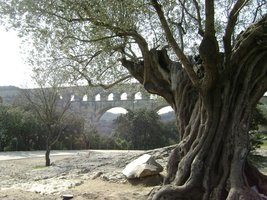 The olive tree is a metaphor for the Garden of Eden and perhaps life itself. It tempts us with its fruit, which many consider to be the "forbidden fruit" that Eve succumbed to. It releases its oil, so amazingly useful for lamp light in the ancient world and for cooking throughout history. It is said that Athena planted the first olive tree on Mount Olympus itself--its descendant can still be seen there today. The olive was cultivated before there was written language--about 6000 years ago--and spread from Asia Minor to Iran, Syria, Palestine, Greece, Italy, France, Spain and across Northern Africa. Olives have been found in Egyptian tombs from 4,000 ago. 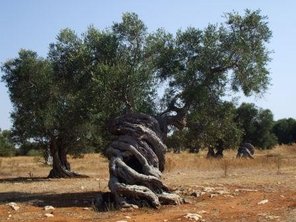 The Romans used the oil not only for light and cooking, but for preserving food and cleansing their bodies. They bathed in it, washed their bodies with it and then scraped away dead skin. They drank it as a curative and swished it in their mouth to clean their teeth. Mothers used it to heal their babies rashes and to sooth their nipples from breast feeding. It was used to keep hair healthy and beautiful. It moisturized their skins and hands after a hard day of labor. The oil was also used to Olive oil can clean and waterproof leather coats, boots and belts. The oil polished wood furniture and shine brass. The military used to to polish their helmets, swords and shields. It was also used as a lubricant on chariots and carts.  The average lifespan of an olive tree is 500 years. In Greece, Spain and in southern Italy, you may come across threes that are estimated to be from 1000-3000 years old. These ancient trees grow outward from the center, with their inner trunks rotting away, often leaving an intricate pattern on the outer surfaces, somewhat looking like a lattice pattern. On older trees, the center can be completely gone, leaving a hollow interior large enough for a person to step inside. Still on others, one ancient tree might look life two or more trees growing around an empty void in their center. Often they can look like people trapped in their growth... faces, arms and legs and human muscles. Their beauty is memorizing to me, often making me think of them as old sages or time travelers, with me wondering what history they have seen as the millennia marches by. We can only be humbled by their muscular and impressive stature... --Jerry Finzi Copyright 2017 - Jerry Finzi/Grand Voyage Italy - All Rights Reserved |
Categories
All
Archives
January 2024
|

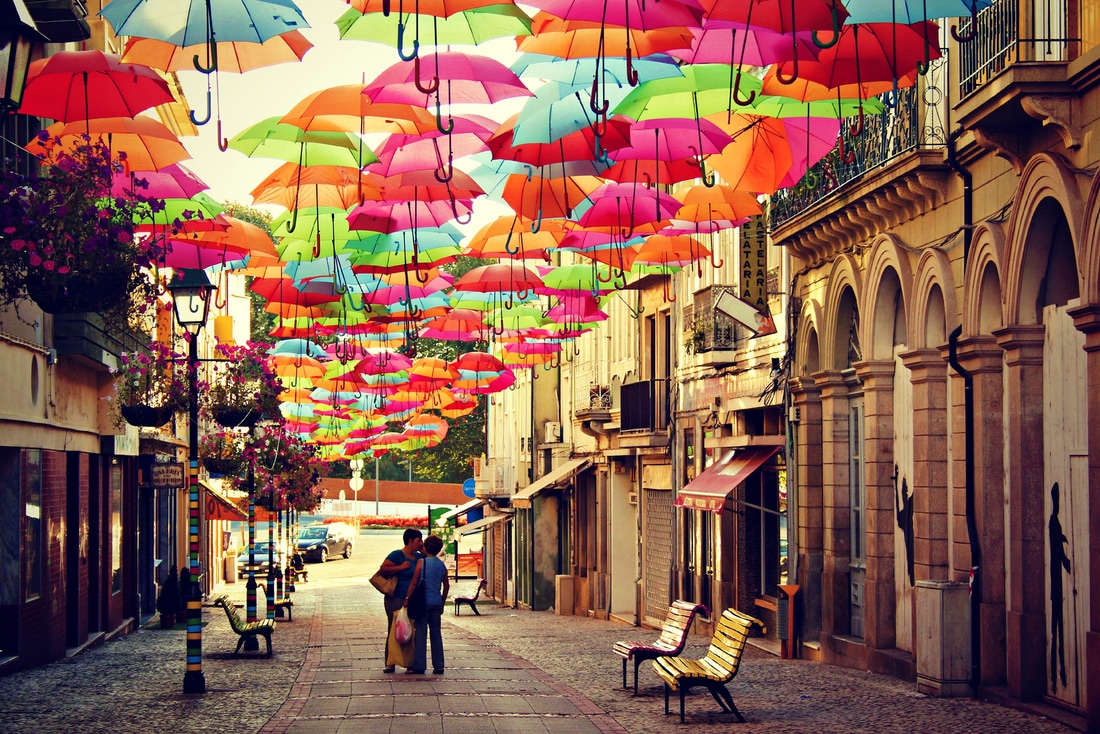
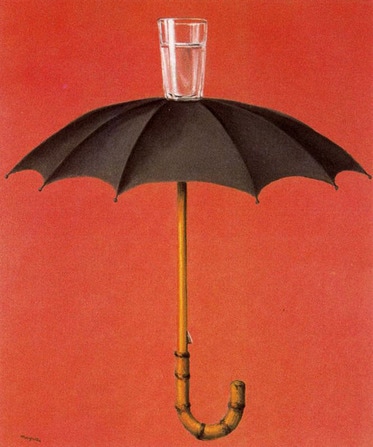

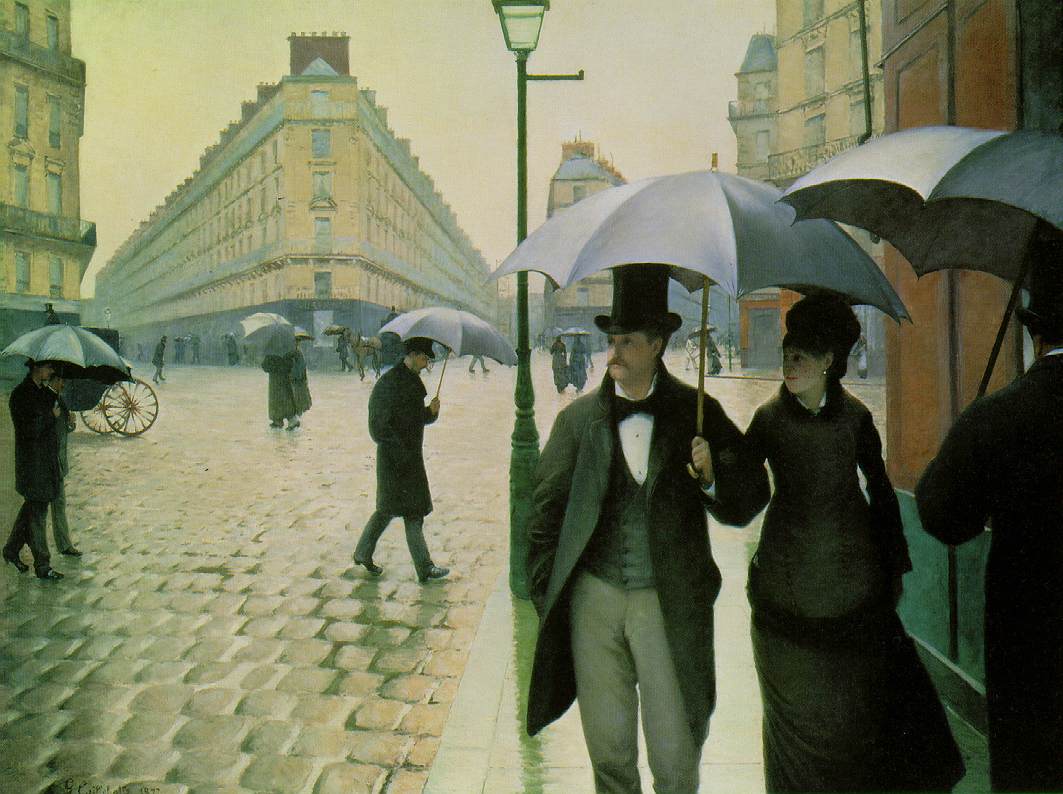

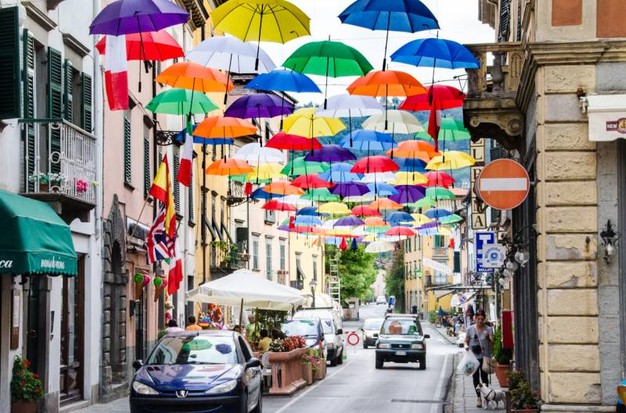

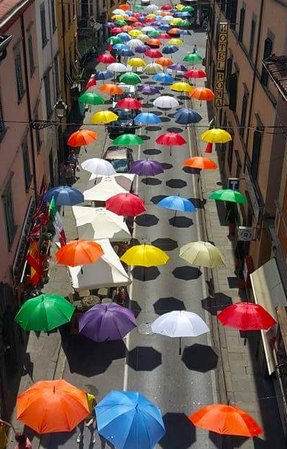
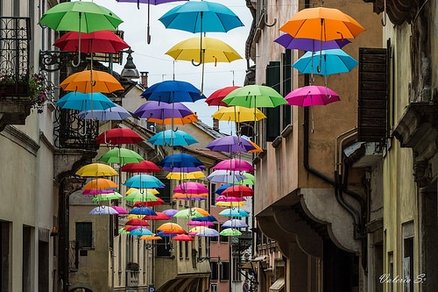
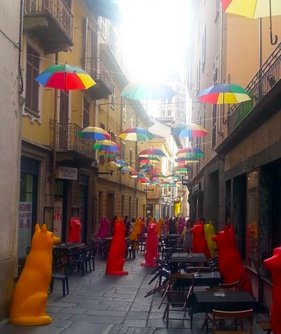
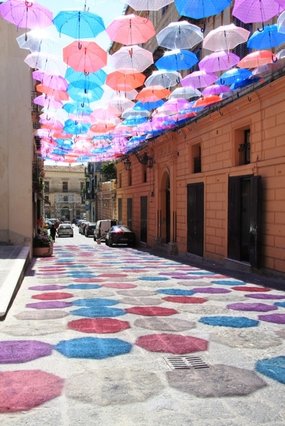
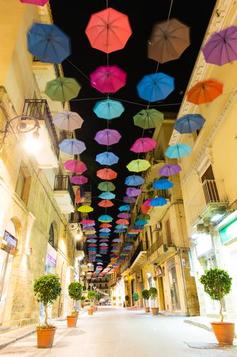
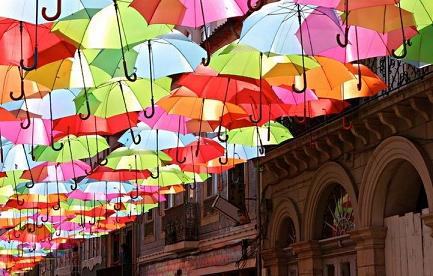
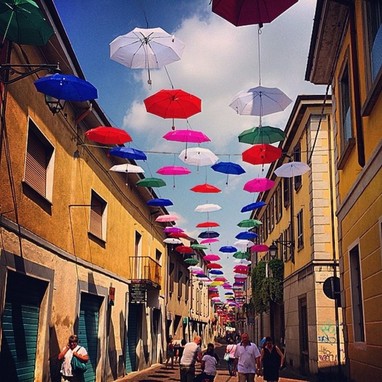
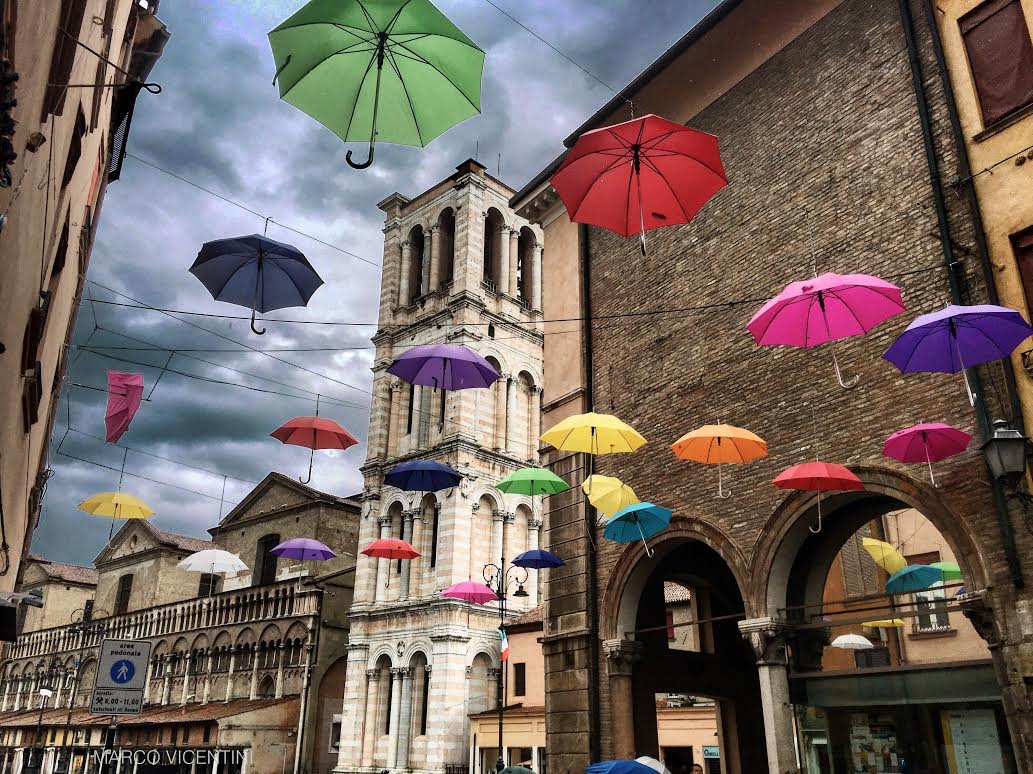
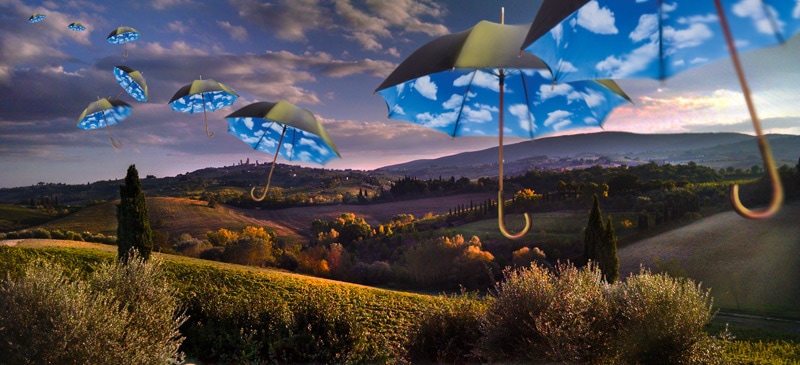
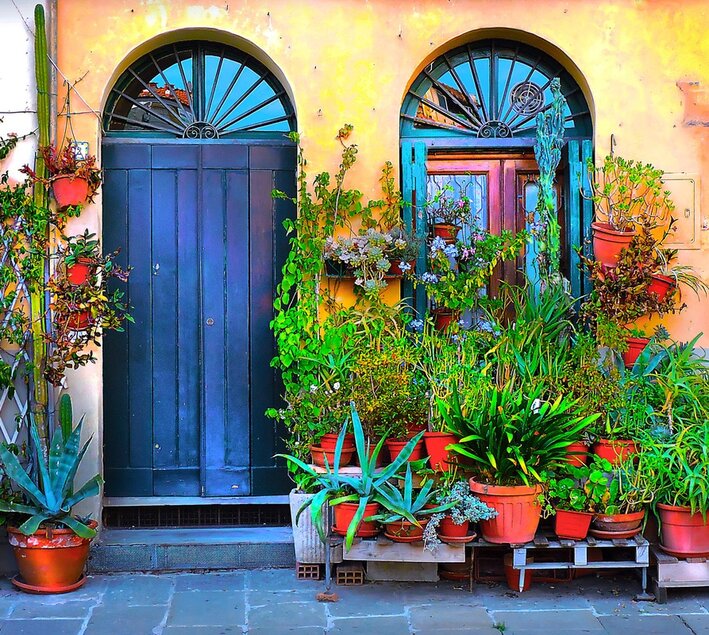
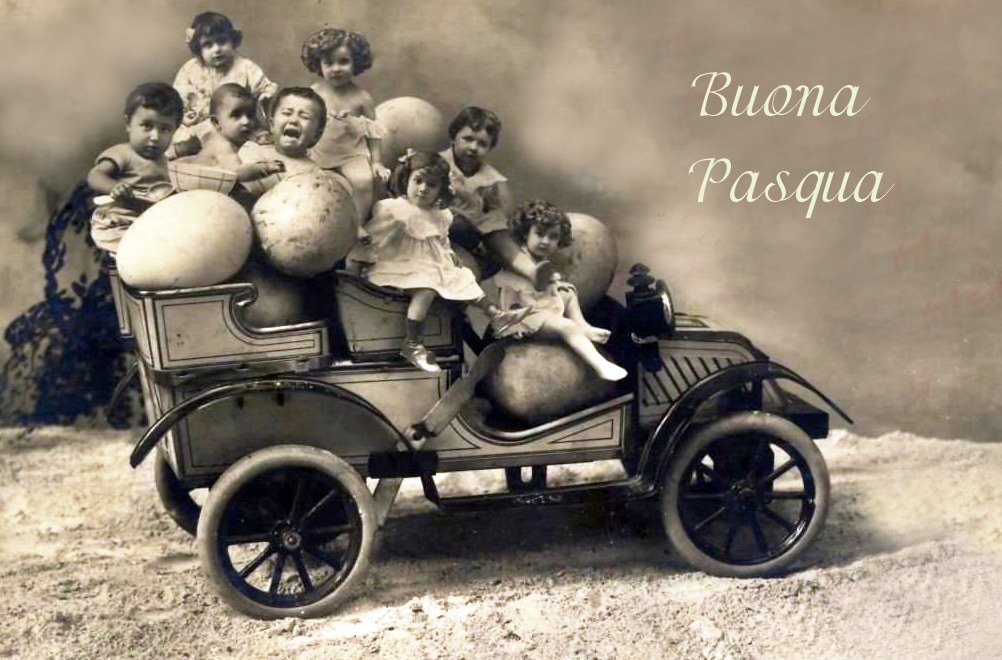
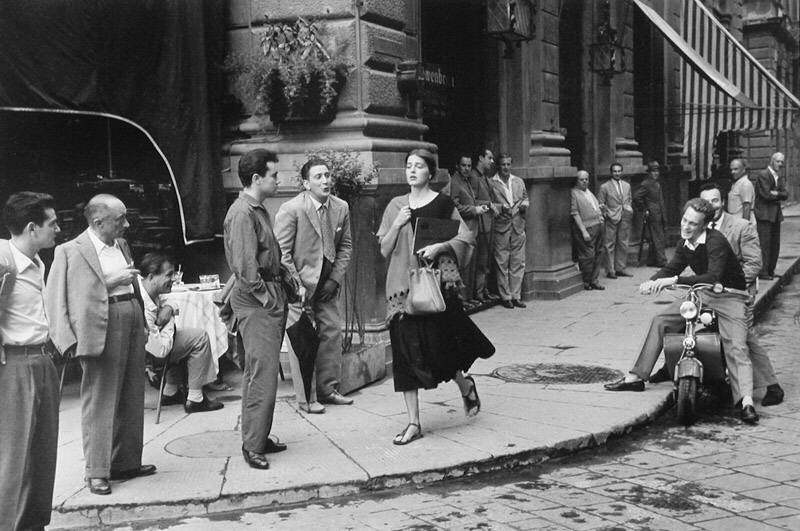

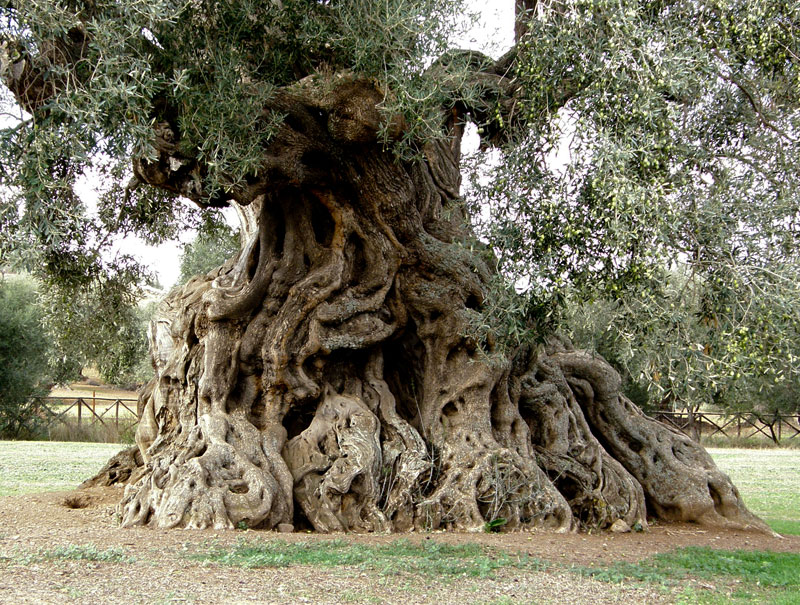

 RSS Feed
RSS Feed
